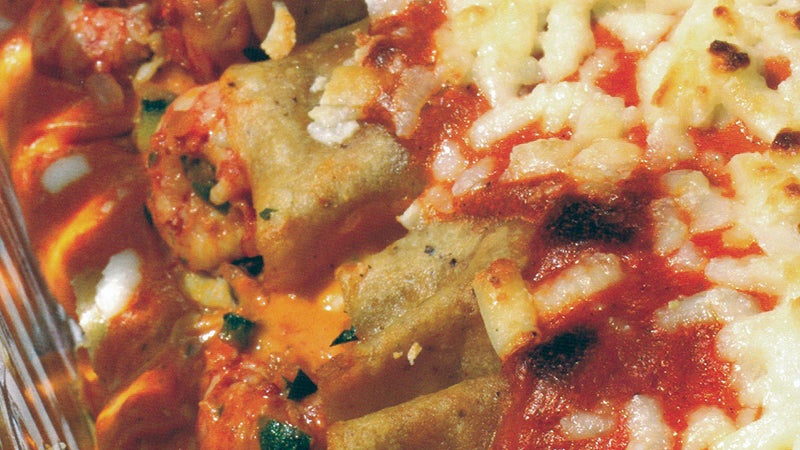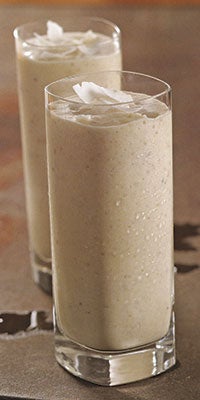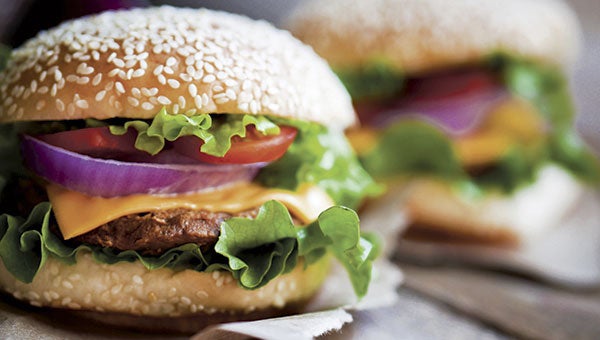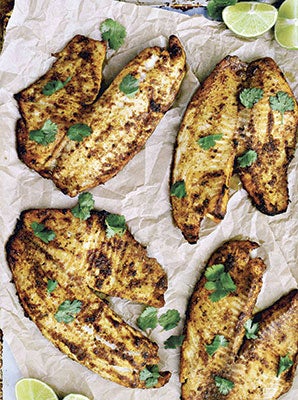Don’t dilly-dally in the kitchen, give dill a try
Published 12:00 am Saturday, July 31, 2010
The International Herb Association named dill the herb of 2010. Last year, the top herb was bay laurel (probably you did not remember?). I read that the association has selected the herb of the year until 2015. They just don’t tell the public!
The herb of the year is picked based on being outstanding in two of three categories: medicinal, culinary and decorative. Dill is, of course, widely used in cooking, especially in northern Europe and the Scandinavian countries and down into the Mediterranean. Some varieties have such a quality in their bloom that they’re used in flower arrangements, and it can help quiet the digestive tract.
Dill is easy to grow and is attractive in the flower garden as well. Fernleaf dill is short (18”) and slow to bolt – good for containers. Dukat is taller (to 36”) and provides more to use but can blow over easily. Vierling is primarily grown for cut flowers but you can eat it as well. Bouquet and Long Island mammoth are the varieties usually grown for pickling.
Dill can go with fish, but it almost always needs something creamy. It goes with earthy things, such as dill dressing over beets or cucumbers. Dill can be overpowering and you should go easy on it in your cooking.
I made this dill sauce from the Café Osage at Bowood Farms in St. Louis and served it over salmon, and it was delicious.
Cucumber-Dill Sauce
for Salmon
1 cup Greek-style yogurt
¼ cup mayonnaise
¼ cup chopped fresh dill
Juice and zest (colored portion of peel) of 1 lemon
Zest of 1 orange
2 cloves garlic, finely minced
Red pepper flakes
Kosher salt
Coarsely ground black pepper
3 cups peeled, seeded and diced cucumbers
8 green onions, trimmed and finely chopped
In a medium bowl, combine yogurt, mayonnaise, dill, lemon juice and zest, orange zest, garlic and a dash of red pepper flakes. Add salt and pepper to taste. Cover and refrigerate for at least two hours or as long as several days.
Soak diced cucumbers in salted ice water for ½ hour to ensure crispness. Drain; pat dry. Refrigerate until ready to assemble.
Add cucumbers and onions to yogurt mixture. Let set at room temperature until no longer cold. To serve, spoon over cooked salmon.
This next recipe is from northern Europe, and it may sound peculiar but it is good.
Creamed Peas and Cucumbers with Dill
2 tablespoons unsalted butter
1 pound cucumbers, peeled, quartered lengthwise, seeded, and cut into ½ -inch pieces
½ teaspoon salt
1/8 teaspoon freshly ground black pepper
2 cups shelled fresh green peas or 1 (10 ounce) package frozen peas (not thawed)
½ cup water
1/3 cup heavy cream
3 tablespoons chopped fresh dill
1 ½ teaspoons fresh lemon juice, or to taste
Heat butter in a 12-inch heavy skillet over moderately high heat until foam subsides. Add cucumbers, salt and pepper and cook, stirring, for fice minutes. Add peas and water, cover, and simmer for five minutes. Add cream and boil, uncovered, stirring occasionally, until peas are tender and liquid is slightly thickened, about three minutes.
Stir in dill, lemon juice and salt and pepper to taste.
Try this dilled onion relish. (Adapted from Season to Taste by Ferray and Fiszer.) It goes great with meat or chicken.
Dilled Onion Relish
Yields 6 cups
¼ cup olive oil
6 large red onions, thinly sliced
¼ cup balsamic vinegar
1/3 cup low-sodium chicken stock or broth
2 tablespoons honey
Freshly ground black pepper
Salt, optional
¼ cup chopped fresh dill
In a large skillet, heat oil over medium-low heat. Sauté onions about 15 minutes or until soft, but not browned. Add vinegar and simmer for about 10 minutes or until the liquid is reduced by about half.
Add stock and simmer until the liquid is again reduced by half.
Add honey and pepper and salt to taste. Remove from heat; stir in dill. Relish can be served cold, warm or at room temperature. Will keep for several days in the refrigerator in a tightly sealed glass jar.





